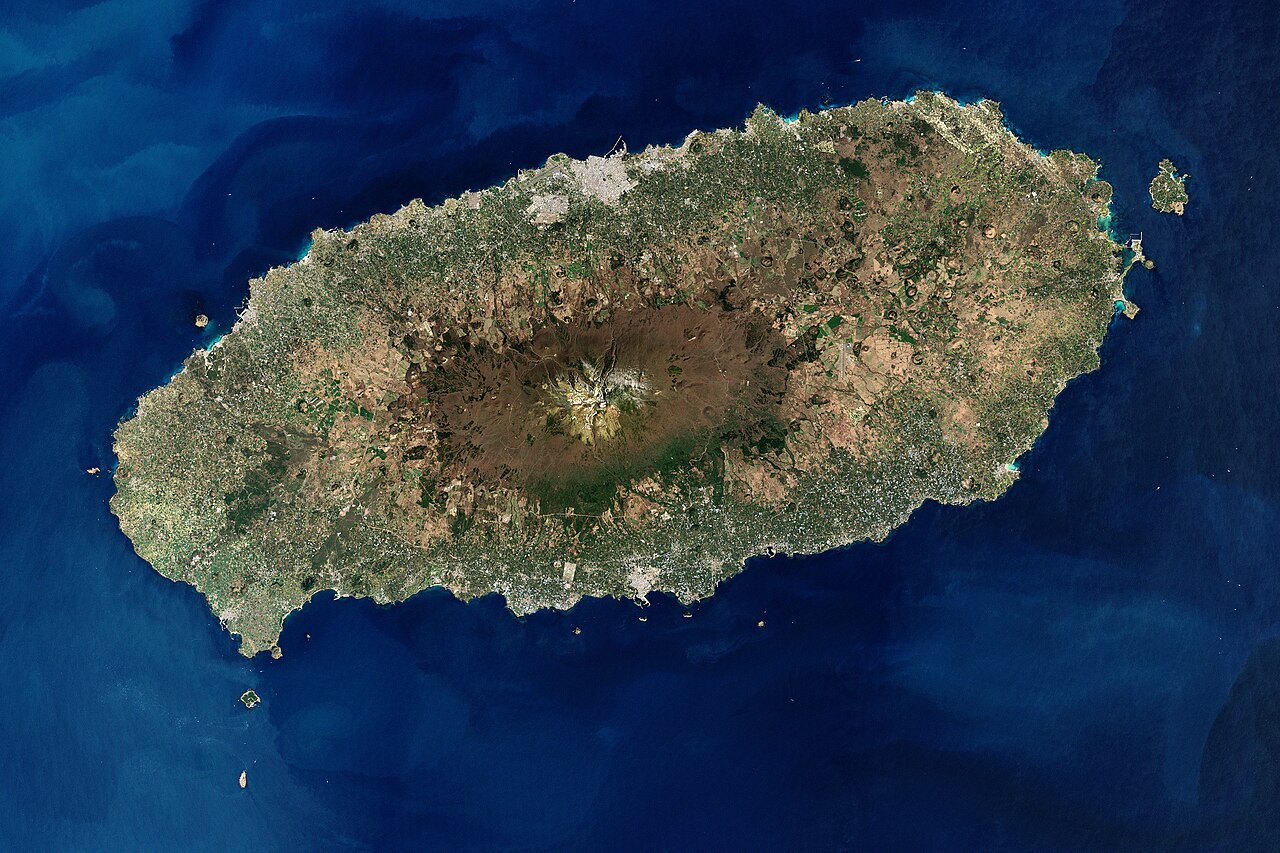티스토리 뷰

Scenic Walks and Natural Beauty on Jeju Island
Jeju Island, known as the "Hawaii of Korea," offers an extraordinary opportunity for walking enthusiasts through its Olle Trails. These trails provide a perfect blend of coastal beauty, lush vegetation, cultural encounters, and tranquil countryside. The Olle Trail network, spanning over 393 kilometers, offers a variety of experiences that cater to both casual walkers and avid hikers. Here’s a detailed guide to exploring the Olle Trails on Jeju Island.

About the Olle Trails
The Olle trails, or “courses” as they are called, cover a diverse range of terrain, including scenic beaches, beautiful waterfalls, cliffs, caves, and citrus plantations. The name "Olle" is derived from the Jeju dialect, meaning a narrow pathway that connects the street to the front gate of a house, symbolizing a connection between people and the outside world. The concept of creating these trails was inspired by Suh Myungsook, a former magazine editor who walked the Camino de Santiago in Spain and envisioned a similar trail on Jeju.
Suh, along with a team of volunteers, started mapping and restoring Jeju’s hidden paths, opening the first Olle course in September 2007. Since then, the trail system has steadily expanded, encompassing 19 main courses and five spur courses, including routes on smaller islands around Jeju. These trails not only offer breathtaking views but also provide a journey through Jeju's cultural and natural history.

Course Highlights
Course 1: Siheung–Gwangchigi Beach
Course 1 begins at Siheung Elementary School and stretches to Gwangchigi Beach. This 15.6-kilometer trail takes you through lush forests, serene coastal paths, and past traditional Jeju stone walls. One of the highlights is the stunning view of Seongsan Ilchulbong (Sunrise Peak), a UNESCO World Heritage site.
Course 10: Hwasun–Daepyeong
Course 10 is known for its picturesque coastal views and passes through several charming fishing villages. Spanning 15.5 kilometers, this trail offers a mix of rocky shorelines and verdant hills. Along the way, you’ll encounter Jeju’s famous haenyeo (female divers), who have been harvesting seafood from the sea for centuries.
Course 14: Jeoji–Mureung Farm
This course takes you inland through Jeju’s agricultural heartland, passing through fields of barley and buckwheat. The 17.7-kilometer trail also traverses the Gotjawal Forest, a unique ecosystem that supports diverse plant and animal life.
Practical Information
Trail Markings and Facilities
The Olle Trails are well-marked with various symbols, including blue and yellow paint, streamers, and small statues of horses constructed from pipe. Facilities such as toilets and restaurants are conveniently located along the trails. Bathrooms can be found at the start and end of each course, and frequently in well-marked locations in between.
Friendly Locals
One of the wonderful surprises of the trail is the friendliness of Jeju residents. On two separate occasions, when we couldn’t find our hotel, we were bundled up by locals, packed into their cars, and driven to our destinations. Wherever we stopped, people wanted to talk to us, and the hotel owners we dealt with were super-friendly, in some cases even finding us our next evening’s lodging. However, it’s important to note that most Jeju residents, particularly outside the cities, may not speak English fluently – bring your phrase book!
Best Time to Visit
The best time to visit is during the off-season when lodging is cheap and easily available. During traditional Korean holiday seasons – in summer from July 15th to August 27th and around national holidays – lodging can be difficult to find, especially near the big cities of Jeju-si in the north and Seogwipo in the south. The trails never stray far from civilization, and accommodations like pensions, yeogwan (cheap motels), and minbak (guest rooms) abound, particularly near the coast. Camping opportunities do exist but are relatively rare.
Essential Tips
Estimating Time
One word of advice is to take the official estimates of how long a particular course will take with a grain of salt. Many hikers find that they typically take about 1.5 times as much time as the Olle Trail literature estimates, particularly on days when carrying backpacks. Additionally, on your first day, be sure to pick up your Jeju Olle Trail Passport; at various points along the trail, you can enter stamps into it, and if you complete all the courses, you will receive a verification sticker to memorialize your accomplishment.
Getting There
Flights leave from Gimpo Airport near Seoul to Jeju-si at all hours of the day. Once there, the 100 bus will take you to Jeju-si Intercity Bus Terminal, from which all island locations are accessible. The public announcement systems on the intercity buses announce all Olle Trail courses in English, making them very easy to find. On Jeju, taxis are assigned to geographic regions, and when you land at the airport, be sure to grab the handout that lists their phone numbers.

Additional Jeju Travel Destinations
While exploring the Olle Trails, you might also want to check out these other must-visit locations on Jeju Island:
Hallasan National Park
Hallasan Mountain, the highest peak in South Korea, is a must-visit. The park offers various hiking trails, with Seongpanak and Gwaneumsa being the most popular. The mountain is particularly beautiful in autumn when the foliage turns vibrant shades of red, orange, and yellow.
Seongsan Ilchulbong (Sunrise Peak)
This UNESCO World Heritage site offers stunning sunrise views. The hike to the peak is relatively easy and takes about 30 minutes. Historically, it was a significant site for ancient rituals dedicated to the sea god.
Cheonjiyeon Waterfall
Cheonjiyeon Waterfall, meaning "sky connected with land," is one of Jeju's most famous waterfalls. It is surrounded by lush greenery and unique basalt formations. The waterfall is illuminated at night, offering a magical experience.
Manjanggul Cave
Manjanggul Cave is one of the finest lava tunnels in the world. This UNESCO World Heritage site is about 7.4 kilometers long, with only a 1-kilometer section open to the public. The cave features spectacular lava stalactites and stalagmites.
Conclusion
Jeju’s Olle Trails offer a unique and enriching way to experience the island’s natural beauty and cultural heritage. Whether you are a seasoned hiker or a casual walker, the diverse landscapes and friendly locals will make your journey unforgettable. Plan your trip to Jeju Island and embark on an adventure along the Olle Trails this autumn!
'여행' 카테고리의 다른 글
| 1. Jongno-gu: The Heart of Tradition and History (0) | 2024.08.03 |
|---|---|
| Discovering Seoul: A Journey Through Its Diverse Districts (0) | 2024.08.03 |
| Top 5 Autumn Destinations in Jeju Island for Foreign Visitors (0) | 2024.08.03 |
| Top 3 Autumn Destinations in Korea for Foreign Visitors: Gyeongju, Nami Island, and Jeju Island (0) | 2024.08.03 |
| 대만 베이터우 온천 완전 공략 (0) | 2019.02.11 |
- Total
- Today
- Yesterday
- 가족캠핑
- 계곡캠핑
- 여름캠핑
- 가평캠핑
- 알고리즘
- 머신러닝
- 자연힐링
- 강원도캠핑
- Oracle
- 여름휴가
- 파이썬
- 백준
- 영월여행
- python
- 캠핑초보
- 캠핑장추천
- sql
- 영월캠핑
- 서울근교캠핑
- 가평여행
- 반려견캠핑
- 글램핑
- Koreancuisine
- 카카오
- SeoulTravel
- 가족여행
- 커플여행
- 강원도여행
- 여름휴가추천
- bukhansannationalpark
| 일 | 월 | 화 | 수 | 목 | 금 | 토 |
|---|---|---|---|---|---|---|
| 1 | 2 | 3 | ||||
| 4 | 5 | 6 | 7 | 8 | 9 | 10 |
| 11 | 12 | 13 | 14 | 15 | 16 | 17 |
| 18 | 19 | 20 | 21 | 22 | 23 | 24 |
| 25 | 26 | 27 | 28 | 29 | 30 | 31 |
